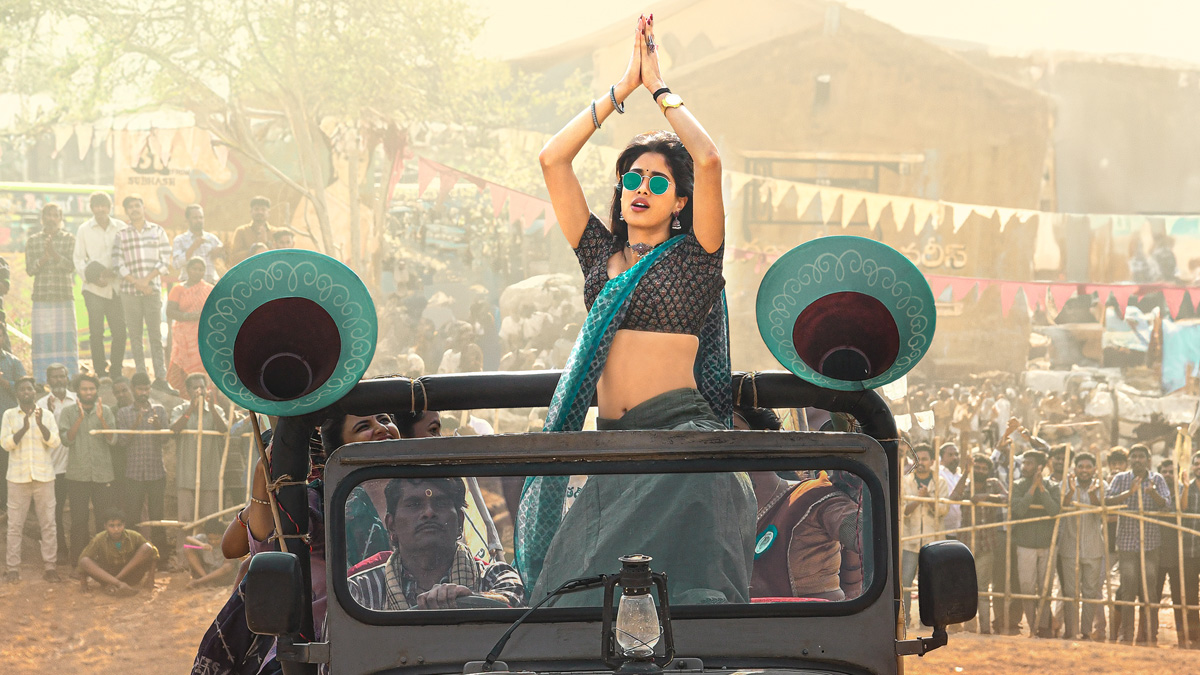Barir Naam Shahana is an evocative Bangladeshi drama film directed by Leesa Gazi, featuring a stunning performance by Aanon Siddika. Set in the 1990s, this film explores the life of a young woman, Shahrin Dipa (played by Aanon Siddika), whose painful yet courageous journey sheds light on the harsh realities faced by women bound by patriarchal traditions.
Storyline Overview
On her wedding night, Shahrin Dipa confides in her brother about her deep sense of helplessness. Her marriage, arranged before she even reached adolescence, feels like a punishment without escape—a confinement without hope. Dipa never met her husband before the ceremony; all she knew was that he lived in London and was her aunt’s brother’s son.
In a powerful depiction of social norms, the marriage is solemnized over a telephone trunk call, and Dipa’s supposed consent is interpreted through her silence—“If the girl bows her head, it means yes,” the elders say. This scene sets the tone for the rest of the film: a reflection on how women’s voices are often silenced in the name of custom.
Film Details
-
Film Title: Barir Naam Shahana
-
Genre: Drama
-
Director: Leesa Gazi
-
Screenplay: Leesa Gazi, Aanon Siddika
-
Cast: Aanon Siddika, Lutfor Rahman George, Kazi Ruma, Iresh Zaker, Kamrunnahar Munni, Mugdho Morshed
Advertisement -
Duration: 2 hours 18 minutes
Themes and Narrative
At its heart, Barir Naam Shahana is a film about women’s empowerment, patriarchy, and social resistance. Rather than taking a didactic or overtly feminist tone, Leesa Gazi uses the character of Dipa to naturally reveal these issues. The narrative, told in a non-linear format, begins with Dipa’s wedding and unfolds through flashbacks, depicting her life in both Bangladesh and a small London suburb.
Dipa’s struggle against social injustice and religious dogmatism is depicted with authenticity. Her fight is not loud or aggressive—it’s a quiet, persistent defiance against societal expectations. Even when she is labeled as “mentally ill” or “possessed,” Dipa refuses to surrender.
Characterization and Performances
Aanon Siddika delivers a heartfelt performance as Dipa. Her portrayal of a woman torn between duty and self-respect is both raw and convincing. The supporting cast—Iresh Zaker, Lutfor Rahman George, Kazi Ruma, and Kamrunnahar Munni—add depth to the story, portraying the different shades of societal complicity.
The film’s dialogue is another strong element. Through intimate conversations between Dipa and her husband, the director highlights the painful truth of how women are often denied their individuality—even in modern, foreign settings like London.
Symbolism and Visual Storytelling
Mirrors are a recurring motif in Barir Naam Shahana. For Dipa, the mirror becomes both confidant and witness to her transformation. One of the film’s most striking moments is when she joyfully declares in front of her reflection, “I have been hanging on for seven years—I am divorced now,” symbolizing her long-awaited liberation.
The director also uses subtle visual metaphors, such as fish being cut and fried, to represent Dipa’s constrained existence and eventual freedom. Songs like Biyar Gaan, Joler Poddo, and Ami Bandhinu Tomare—written by Leesa Gazi and beautifully performed by Sahana Bajpaie and Sohini Islam—perfectly complement the film’s emotional tone.
A Nostalgic 1990s Backdrop
Set in the 1990s, Barir Naam Shahana beautifully captures the era’s ambiance through references to Lal Dupatta, Mimi chocolate, and the political climate of caretaker governments. These nostalgic details enrich the film’s texture and ground it firmly in its socio-cultural context.
Cinematography and Direction
As her debut feature film, Leesa Gazi’s direction is both confident and sensitive. Her storytelling is enriched by symbolic imagery and authentic dialogue. Although certain lighting inconsistencies are noticeable, they don’t detract from the film’s emotional impact. The cinematography effectively supports the non-linear narrative, drawing the audience into Dipa’s inner world.
Final Verdict
Despite minor technical flaws, Barir Naam Shahana stands out as a landmark in Bangladeshi cinema. It offers a rare female perspective both in front of and behind the camera. Through Dipa’s story, Leesa Gazi and Aanon Siddika craft a deeply human film about resilience, identity, and the universal fight for freedom.
If you appreciate films about women’s empowerment, Bangladeshi social dramas, and emotional storytelling, Barir Naam Shahana is a must-watch.



